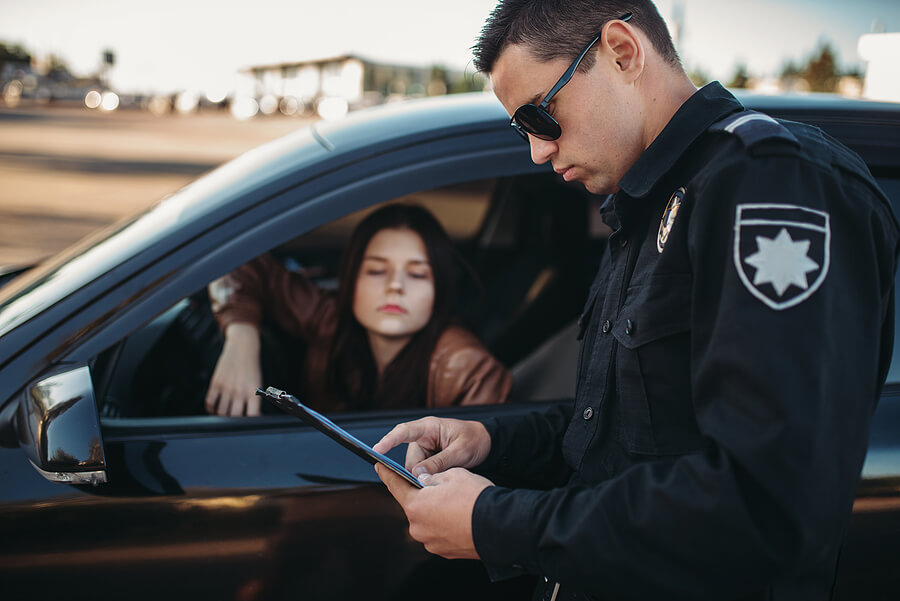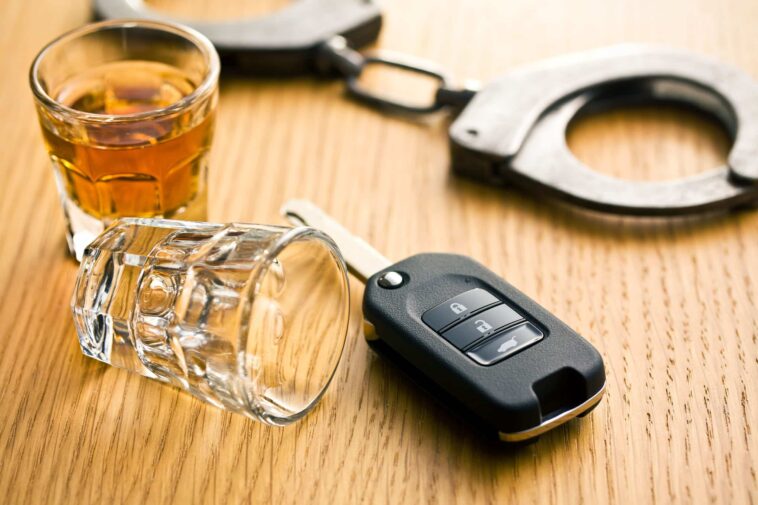Driving under the influence (DUI) is a pressing issue that plagues our roads, endangering the lives of drivers, passengers, and pedestrians alike. Alcohol-impaired driving not only leads to tragic accidents but also carries hefty legal consequences, financial costs, and, most grievously, the loss of human life. In the United States alone, the National Highway Traffic Safety Administration reports that 37 people die every day due to drunk-driving crashes. These sobering statistics highlight the urgent need to address this problem on multiple fronts, emphasizing prevention, education, and enforcement of DUI laws.
The battle against drunk driving sees its most promising advances when communities take proactive steps to combat this entrenched issue. Local involvement serves as the linchpin for ushering in a safer environment on our streets. Engaging diverse groups, from schools and workplaces to law enforcement and non-profits, builds a collective force that is more impactful than individual efforts alone. By championing various programs and initiatives that raise public awareness and promote responsible behavior, communities have the potential to substantially decrease the prevalence of DUI offenses. This sets the stage for us to explore further the myriad of strategies that communities have implemented to safeguard their members and mitigate the risks associated with impaired driving.
Taking Responsibility: How Community Awareness Programs Make a Difference

Community awareness programs serve as essential instruments in the fight against driving under the influence (DUI), employing a variety of strategies to alert individuals to the dangers and repercussions of irresponsible drinking. Local organizations play a key role in fostering a climate of responsibility, often spearheading initiatives designed to infuse a culture of safe alcohol consumption within the community’s social structure. By organizing workshops, conducting seminars with professional advice such as from a DUI lawyer, and by engaging in outreach through social media and public events, these groups actively promote responsible drinking behavior. High-profile awareness campaigns, such as those using visual aids like wrecked vehicles in public spaces, or widespread distribution of educational materials, have witnessed significant success in altering attitudes and behaviors. The impact of these campaigns is reflected in the increased dialogue within communities about the risks associated with DUI, as well as a reduction in alcohol-related incidents.
Technology in DUI Prevention
As communities struggle with the widespread challenge of driving under the influence (DUI), technology stands out as a key instrument with innovative solutions aiming to curb this issue. From breathalyzer-linked vehicle ignition systems that prevent a car from starting if alcohol is detected on the driver’s breath to wearable devices that track alcohol consumption and alert users when it’s unsafe to drive, technology offers proactive prevention tools. Apps are also playing a significant role; ride-sharing applications have transformed the transportation sector, providing easy alternatives to getting behind the wheel when impaired. Meanwhile, personal alcohol screening apps guide individuals to make responsible decisions by estimating their blood alcohol content based on provided metrics. Collectively, these technological interventions are not just convenience tools – they’re life-saving measures that contribute to a decline in DUI incidences.
Policy Change and Enforcement: Local Government’s Influence

Local government plays a major role in safeguarding communities through the implementation and rigorous enforcement of DUI laws. By engaging in proactive policy-making, municipalities can establish a legislative framework that deters individuals from driving under the influence. The enforcement of these laws is equally critical as it reinforces the seriousness of DUI offenses and underpins the no-tolerance stance against such risky behavior on the roads. Local authorities, by instituting stringent measures such as frequent sobriety checkpoints and swift penalties for violations, send a clear message — safety is the priority. The effects of such ordinances and regulations are far-reaching, enhancing overall community safety, reducing the likelihood of DUI incidents, and fostering a culture that prioritizes responsibility and public welfare. When local governments act decisively and enforce DUI laws with unwavering commitment, they not only protect citizens but also promote a societal norm that driving under the influence is unacceptable and carries significant consequences.
Engaging Youth: Education and Prevention Programs for the Next Generation
The significance of instilling awareness about the dangers of driving under the influence (DUI) at an early age cannot be overstated. Initiatives aimed at engaging youth through education and prevention programs play a vital role in achieving this goal. These programs proactively target at-risk youth and educational institutions, often integrating interactive sessions, real-life stories, and hands-on activities designed to resonate with younger audiences. By introducing DUI prevention topics into educational curricula, the message is not only disseminated more widely but also reinforces the seriousness of the issue among impressionable minds. Notably, the long-term impact of such educational endeavors is substantial; it plants the seeds of responsibility, cultivates attitudes of caution when it comes to alcohol consumption and driving, and ultimately contributes to the molding of conscientious future adults who are aware of the potentially life-altering consequences of DUI. Through thorough education and targeted prevention programs, we have the power to shape a generation that is better prepared to make safer choices on the road.
Safe Rides, Safe Lives: Transportation Alternatives

Exploring alternative transportation options represents a key strategy in mitigating the number of incidents related to driving under the influence (DUI). Ride-sharing services, such as Uber and Lyft, have become integral players in community efforts to combat DUI by providing convenient and accessible modes of transportation for those who might otherwise take the risk of driving impaired. Alongside these modern solutions, public transportation continues to serve as a reliable and cost-effective alternative, offering the added benefit of reducing the number of individual vehicles on the road, which inherently decreases the likelihood of DUI occurrences. Initiatives that raise awareness and incentivize the use of these alternatives—such as discounted or free ride programs during high-risk times like holidays or events—further empower individuals to make safer transport choices. By choosing alternative modes of transport, we are not only ensuring our safety but also upholding the safety and well-being of our entire community.
Uniting for a Safer Tomorrow
The strides made in curbing driving under the influence (DUI) incidents highlight the importance of community initiatives. When individuals come together to address such a pressing issue, the impact is potent and lasting. Awareness campaigns shine a light on the risks associated with DUI, technology provides innovative solutions to prevent impaired driving, policy creates the framework for legal deterrence, education instills the knowledge needed to make better choices, and improved transportation options offer safer alternatives to getting home. It’s a multi-dimensional approach that acknowledges the complexity of DUI and responds with a robust, community-driven offensive. Yet, progress should never induce complacency. The continued engagement and support of the community are indispensable. It is a collective responsibility: each member of society must play an active role in fostering a culture of safety and responsibility on the roads.




